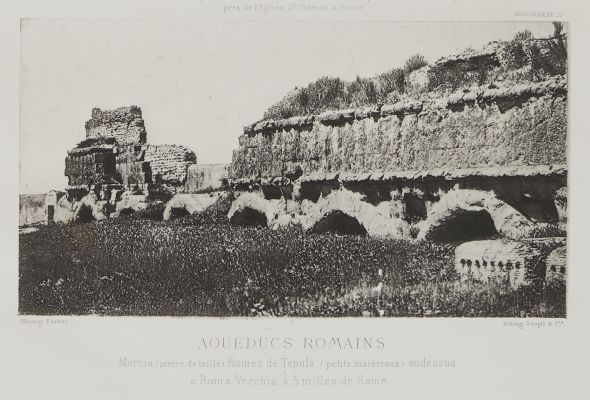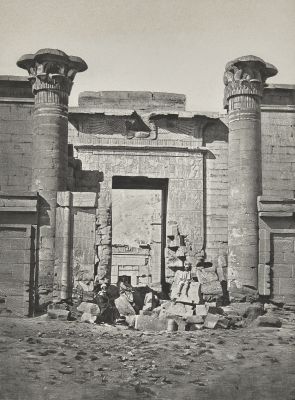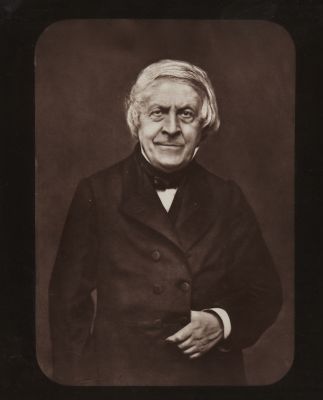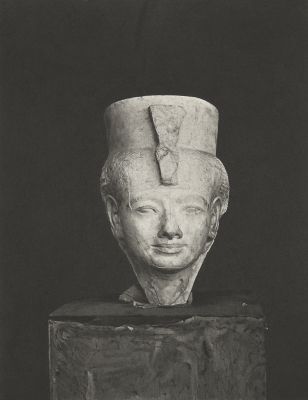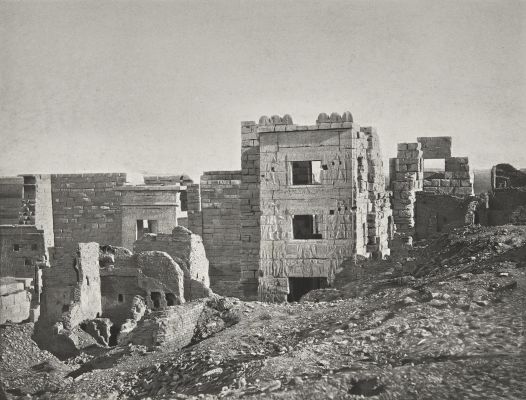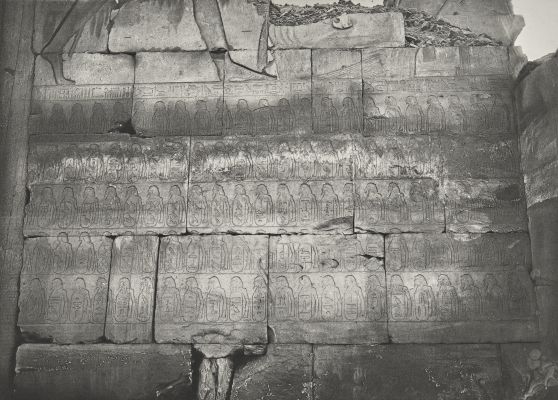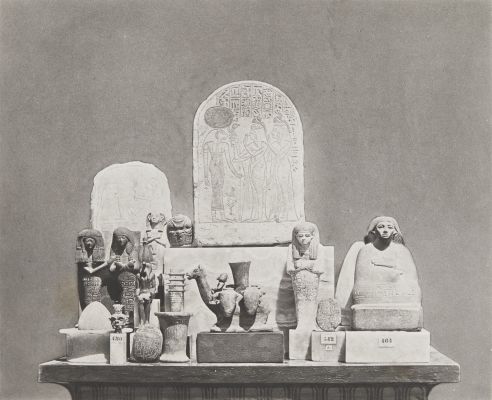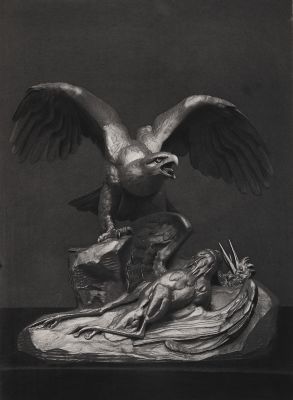
Title
Anacreon Bacchus and CupidArtist
UnknownPublication
Goupil Gallery of Photogravures from Great Modern PaintersDate
1888Process
PhotogravureAtelier
Goupil & CieImage Size
9.8 x 14 cmSheet Size
20 x 27 cm
The beautiful Goupil Gravure was invented by Henri Marie Rousselon in 1872, who described his process as follows: “The value of our process of photogravure consists in the possibility of obtaining, by means of light, an etched copper-plate exactly like the ordinary copper-plate, and giving all the gradations of tone and half-tone, as drawn by nature in the ordinary photograph. Our process is founded on the discovery of a chemical substance which crystallizes under the influence of light, the crystals becoming larger the longer they are exposed to it. After exposure it only remains to make a deposit of copper, by means of the electric battery, on the crystalline surface, and thus a plate is obtained yielding proofs in which every detail and gradation of tone is faithfully reproduced.” Walter Bentley Woodbury, the inventor of the woodburytype, asserted that the Goupil process was based on a suggestion made by him to Goupil around 1870. According to Donald Cameron Swan, the process was based on his father’s (Swan’s) photo-mezzotint process. Goupil and its successor, Boussod, Valadon & Cie, used the process extensively for art reproduction, less frequently for printing original photographs. The overall excellence of a Goupil gravure –the density of black, the separation of tones, and the clear, crisp quality of the image– was never surpassed by any other gravure method, according to many sources.
References
[1] Nadeau Luis. Encyclopedia of Printing Photographic and Photomechanical Processes : A Comprehensive Reference to Reproduction Technologies Containing Invaluable Information on Over 1500 Processes. Atelier Luis Nadeau 1989 1990.
Hanson, David Checklist of photomechanical processes and printing 1825-1910, 2017 121
